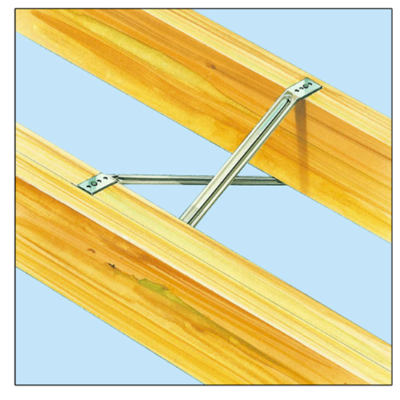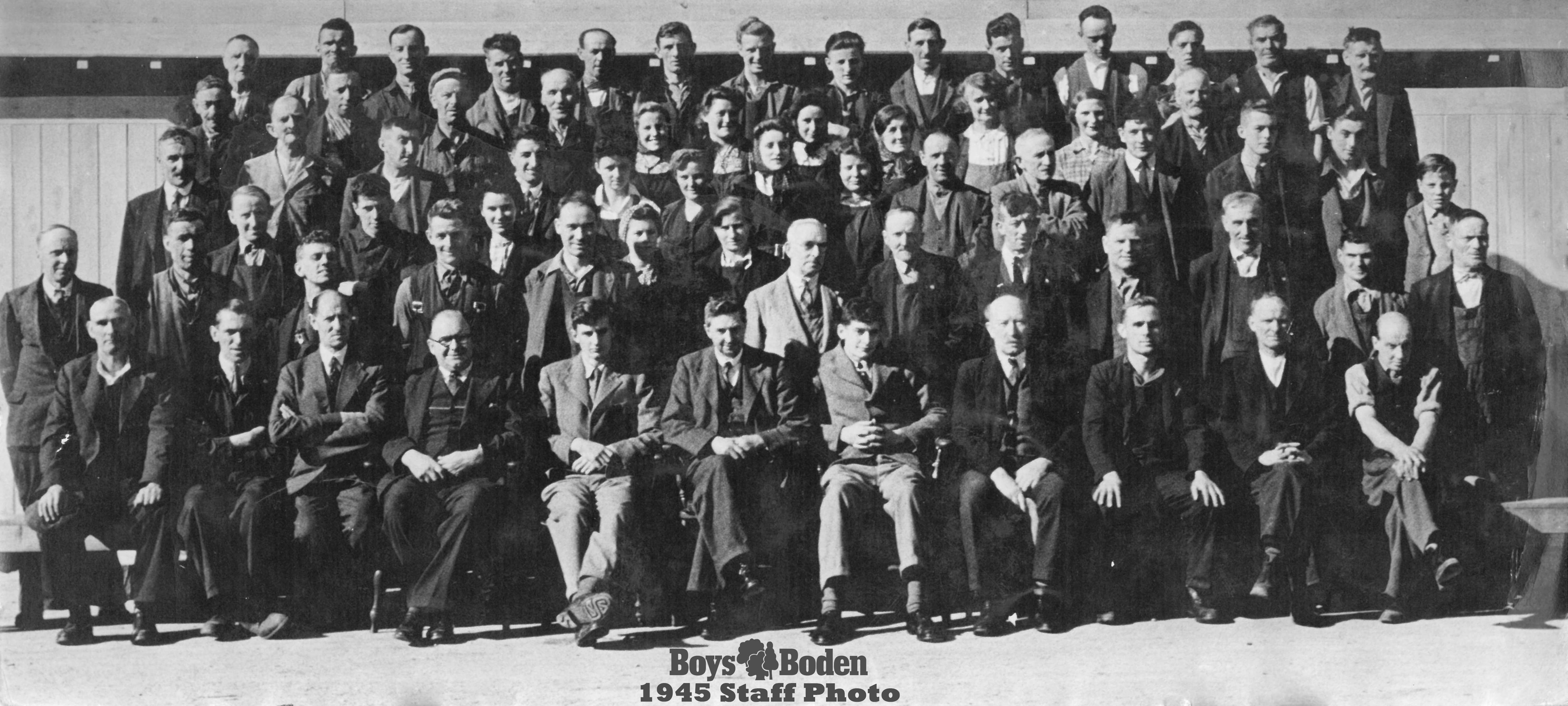what are herringbone joist struts?
Herringbone joist struts, also known as herringbone strutting or diagonal strutting, are diagonal pieces of timber that are installed between parallel joists to provide additional support and prevent them from twisting or rolling. They are typically installed in pairs and form a V-shape or herringbone pattern.
Herringbone joist struts are commonly used in flooring and roofing construction to help distribute weight and reduce the risk of sagging or deformation over time. They are installed diagonally between the joists, extending from the bottom of one joist to the top of the adjacent joist. This creates a triangular shape that helps to transfer the load from one joist to the other, increasing the overall strength and stability of the floor or roof.

benefits
There are many benefits to using herringbone joist struts, including:
1. Increased structural stability: Herringbone joist struts help to distribute weight more evenly across the joists, reducing the risk of sagging or deformation over time. This helps to increase the structural stability of the floor or roof.
2. Improved load capacity: By transferring weight from one joist to another, herringbone joist struts help to increase the load capacity of the floor or roof, allowing it to support heavier loads.
3. Enhanced safety: Herringbone joist struts can help to prevent the floor or roof from collapsing or failing, reducing the risk of injury or property damage.
4. Easy installation: Herringbone joist struts are relatively easy to install and can be nailed or screwed into place quickly and efficiently.
5. Cost-effective: Herringbone joist struts are an affordable way to improve the strength and stability of a floor or roof, and can potentially save money in the long run by preventing costly damage or repairs.







